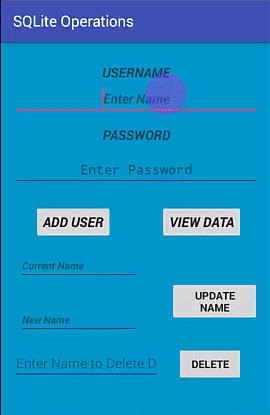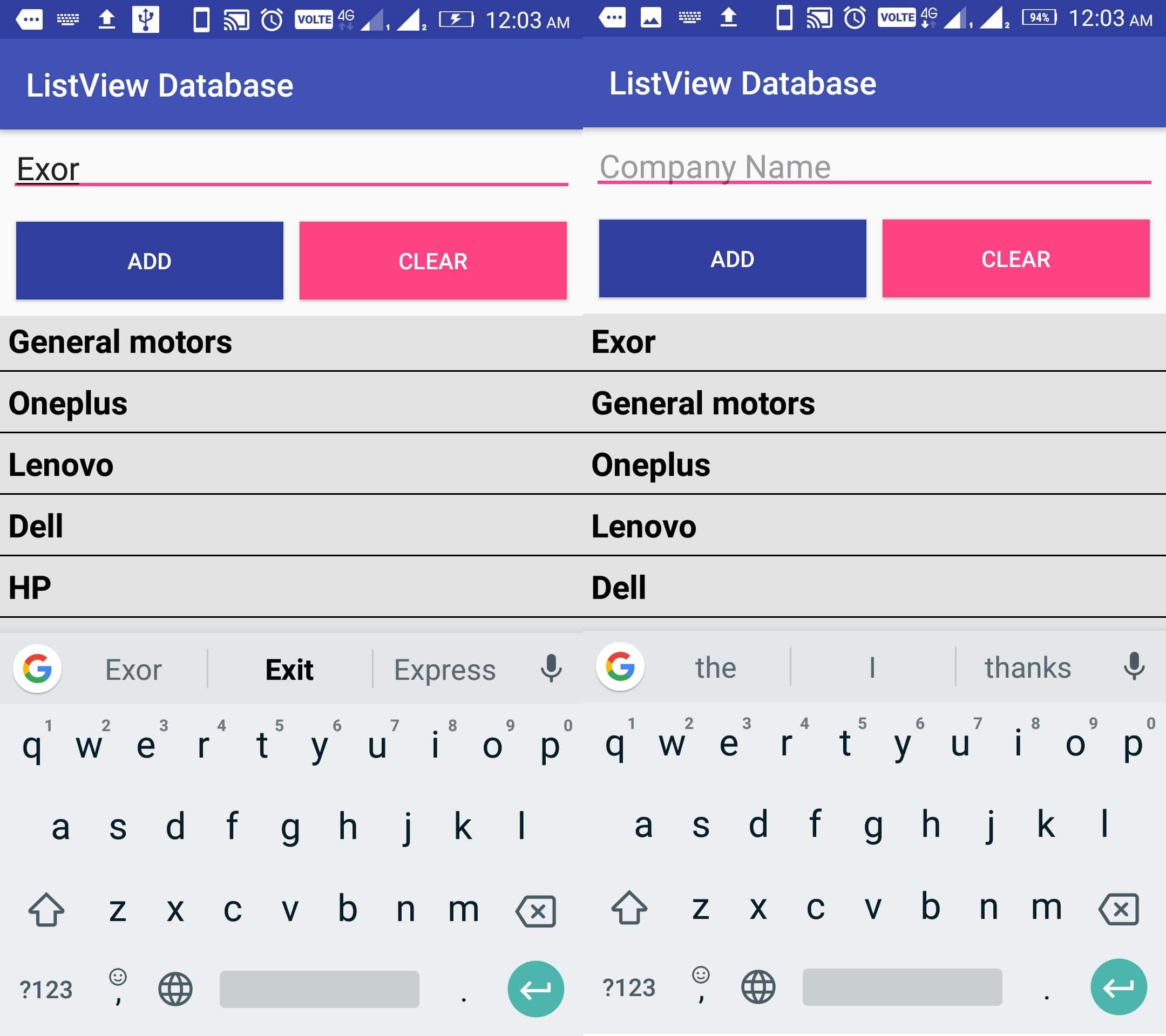

- Android studio sqlite how to#
- Android studio sqlite code for android#
- Android studio sqlite android#
Start the Web API: Before running the tests, make sure that the Web API is running. You can use the following code to create an instance of HttpClient:Ĭlient.BaseAddress = new Uri(" Replace " with the base URL of your Web API. To unit test or integration test a Web API with HttpClient in Visual Studio, you can follow these steps:Ĭreate a new test project: In Visual Studio, create a new test project using the appropriate project template for your testing framework (e.g., MSTest, NUnit, xUnit).Īdd a reference to the Web API project: In the test project, add a reference to the Web API project you want to test.Ĭreate test methods: In the test project, create test methods that use HttpClient to call the Web API endpoints and assert the results. Highcharts 3D column chart with null and 0.
Android studio sqlite how to#
How to use removal method with a lock-free singly linked list in C#.Do you need to check the Count() of an Enumerable before foreach in C#.

Android studio sqlite android#
Step 1: Create a new project in Android Studio.Ĭreate a new standalone and fresh new android studio project.Make sure you have select empty activity while creating new project. Download Source Code įollow all the below steps to create a simple sqlite database example.
Android studio sqlite code for android#
Download Source Code For Android SQLite Tutorial It returns true if the new version code is greater than the current version code of the database. needUpgrade(int newVersion)īoolean vale will be returned by this method. If the database is opened as read only mode, then this method will return true. If the current database is open then it will return true otherwise false. Returns the current database page size, in bytes. getVersion()Ĭurrent version of the database will be returned by this method. It returns a maximum number of memory size which can be allotted to a single database. disableWriteAheadLogging()įeature of executing multiple sql queries (Create, retrieve, update, delete) on the same database simultaneously can be disabled with the use of this method. In big enterprise applications, there are many threads running parallely, so if all these threads want to execute sql queries on the same database simultaneously, this method enables this feature.


 0 kommentar(er)
0 kommentar(er)
